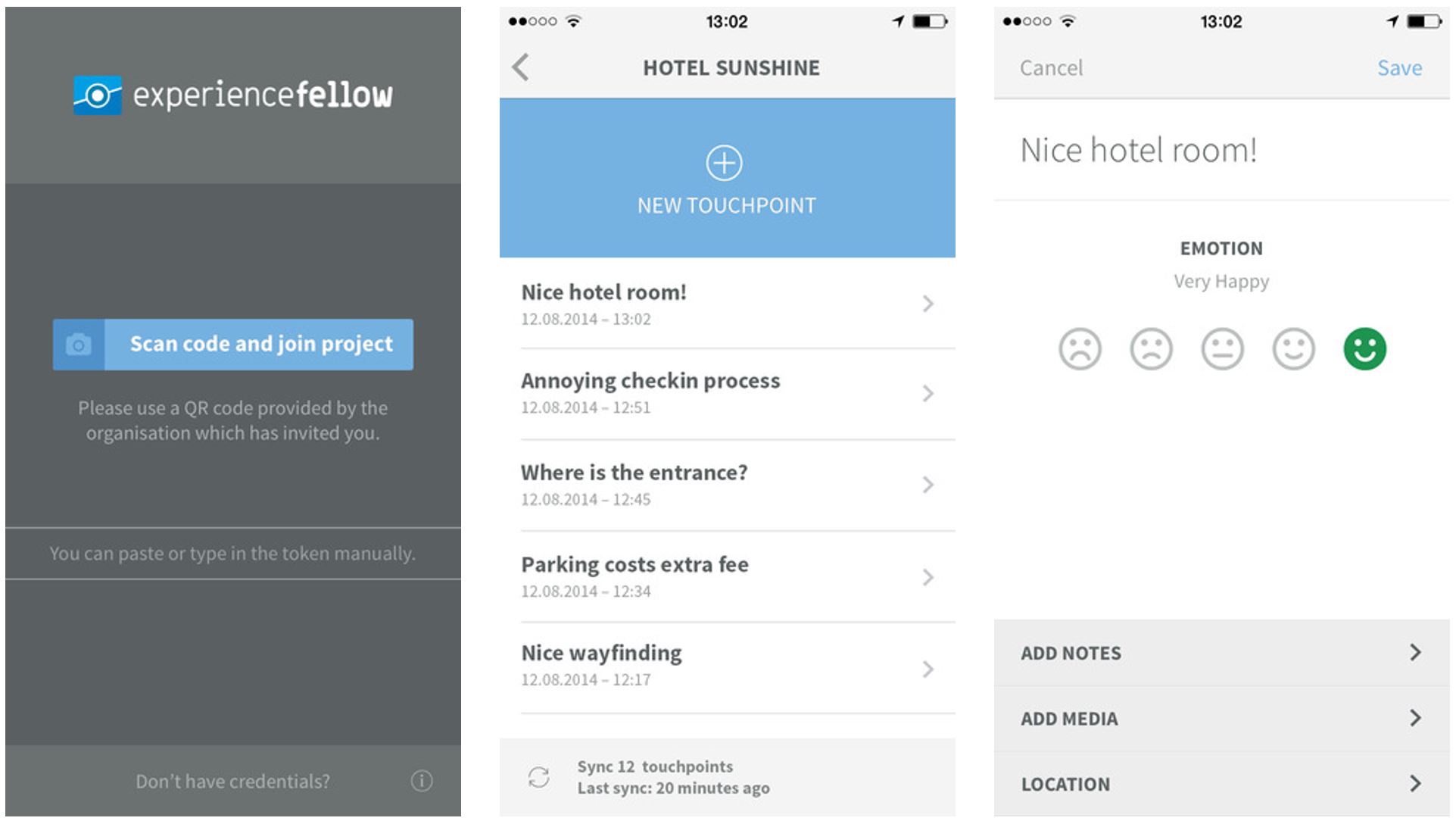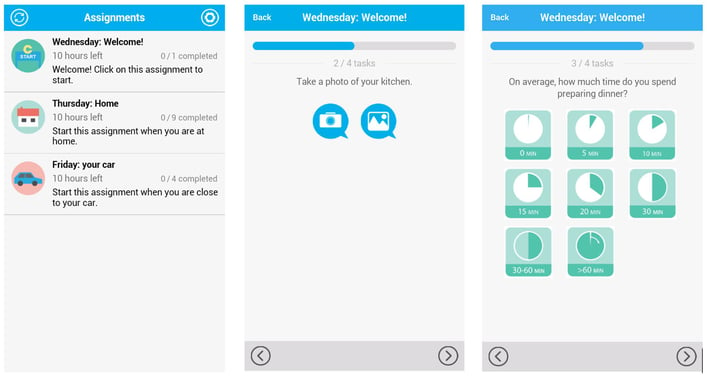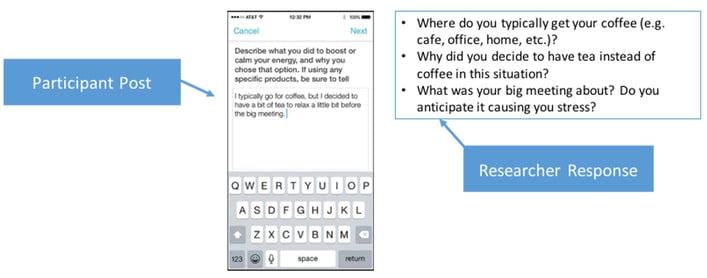
Diary studies are a proven method for capturing the habits of your users over a longer period of time compared to in-lab studies. A diary study is a form of qualitative research that allows participants to self-report their activities, feelings, and thoughts over a period of time. Diary studies have a data collection period as short as 2-3 days to 30 days; there are outliers of course (such as studying the usage of medical products over time). In the past few years, we’ve seen an uptick in diary studies being used to help understand the end-to-end customer journey (from awareness to advocacy).
New tools are available that make it easy for participants to record their daily lives and for you as a researcher to monitor and analyze their entries. While diary studies are relatively straightforward to implement, there are important steps that should be taken to ensure that you are getting the most insightful entries from your participants. Here are methods for running a successful diary study.
USING THE RIGHT TOOL FOR THE JOB
There are now many web-based and mobile-based diary applications available to researchers. We find that using a mobile-based diary app provides the most flexibility for participants and allows them to conveniently post wherever they are located. This can be key to understanding contextual factors such as the user’s environment. Mobile-based apps also have the benefit of allowing users to post multimedia (e.g. photos and videos) along with their text entries using the built-in features of a smartphone. Two diary apps that we have recently used are ContextMapp and ExperienceFellow. Both offer basic diary entry capabilities, but each offers some unique features and are best used for certain types of outputs (e.g. journey maps).
ContextMapp
ContextMapp is one of the more robust diary apps available and offers the most amount of customization. This tool allows the researcher to set up a combination of directed and freeform tasks that can include a variety of entry types including text, photos, videos, rating scales, and multiple choice questions.

ContextMapp does require more setup and configuration than some others to get a study started including adding assignments that can include multiple tasks and pre-set questions. Unlike ExperienceFellow, it does not generate a journey map with emotional milestones.
ExperienceFellow
ExperienceFellow allows researchers to quickly get a diary study up and running with minimal requirements for configuration. The diary is automatically configured to consider each diary entry a touchpoint on a journey map. Each touchpoint can include a title, description, multimedia (e.g. photos and videos) and an emotional rating about the experience.
 ExperienceFellow plots each participant’s individual experiences on a journey map showing the emotional highs and lows that occur over time. This tool also provides the researcher with the ability to tag and filter each entry during analysis. ExperienceFellow does not provide the ability to ask specific questions or tasks like ContextMapp. Additional question probes need to be addressed outside of the tool either via email, text message, or a third party survey tool.
ExperienceFellow plots each participant’s individual experiences on a journey map showing the emotional highs and lows that occur over time. This tool also provides the researcher with the ability to tag and filter each entry during analysis. ExperienceFellow does not provide the ability to ask specific questions or tasks like ContextMapp. Additional question probes need to be addressed outside of the tool either via email, text message, or a third party survey tool.
SETTING PARTICIPANTS UP FOR SUCCESS
Onboarding
Onboarding is an essential activity in order to ensure that participants are comfortable using the diary app and also to understand their responsibilities during the study. We recommend conducting these sessions using a remote sharing tool like GotoMeeting in order to share the screen while walking the participant through the features of the app. It is also recommended to have the participant create a sample diary entry to become familiar with how to use the tool and address any questions or issues that may arise.
Platform differences
Depending on the study demands, you may need to account for platform differences. Your participants may be using either an iPhone or Android phone which have different interfaces and user interactions. The diary app may also have a slightly different interface depending on the phone OS which needs to be accounted for when you are instructing participants on how to use the app. Make sure to know ahead of time what type of phone your participants will be using for the study and make sure that any instructions and screenshots you provide match what they will see when they use the app.
Cheat sheet
Your participants are very likely to forget the details that were covered during their onboarding session. You should create a short cheat sheet that they can refer to that provides instructions on how to use the app, examples of what they are supposed to be posting, and expectations (e.g. frequency of posting) for the study.
Contact information
You should always provide a specific point of contact for one of the study administrators including a phone number and email address. Participants should be encouraged to reach out proactively if they have any questions about what they are supposed to be doing and if they run into any technical issues.
MONITORING AND INTERACTING WITH PARTICIPANTS
Once the diary is underway the study administrator should regularly review entries and monitor the frequency of posts each day. Depending on the expectations for the number of daily entries, a researcher should check on the progress of the participants at least once a day. In order to get the most insightful findings it is often necessary to ask probing questions in response to what participants have posted.

Probing questions are often asked to either clarify the meaning of an entry or to seek greater detail surrounding an event. These questions can include:
- What was the person thinking or feeling at the time?
- Why was the person performing a certain action?
- Where and when was the action taking place?
- What were some of the challenges that the person experienced?
Depending on the diary app being used for the study, the participant can directly respond to these questions within the app by modifying an existing post, or by making another entry in their diary.
DEBRIEFING WITH PARTICIPANTS
After the diary entry period has ended, the researcher has one final opportunity to gain insights from the participants. A debriefing interview should be conducted to address any gaps in understanding based on the diary entries. Prior to the interview, the researcher should review the entries for the participant and be prepared to talk about a few of them during the interview. Participants should be encouraged to provide more context and related stories.
CONCLUSION
Diary studies can be an effective method for gaining a longer-term perspective of your user’s thoughts, feelings and interactions. Before committing to a specific diary tool, make sure to consider the kind of entries you want your participants to provide and the type of research output that you need. The keys to a successful diary study are adequately preparing the participant, carefully monitoring entries during the diary period, and asking probing questions during the debriefing interview.
READ MORE: Planning a Better Usability Study, Our Researchers Can Join Your Team, Choosing the Right Survey Tool for Quantitative UX Analysis, 5 Commonly Used Metrics in User Research , 5 Steps to Recruit and Onboard Participants for Remote Usability Studies










Comments
Add Comment